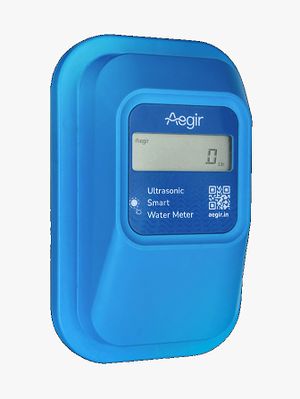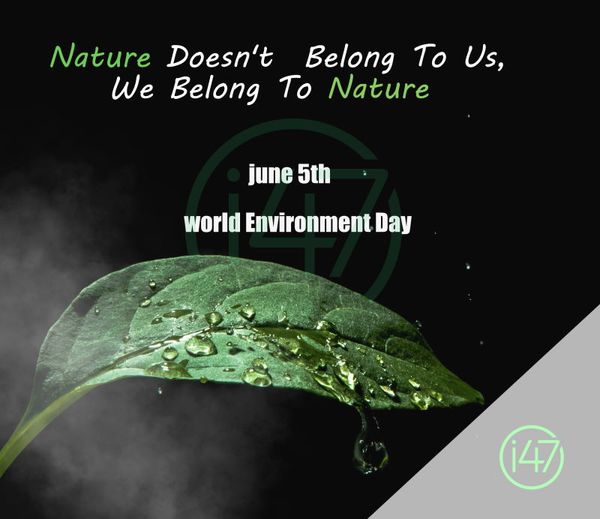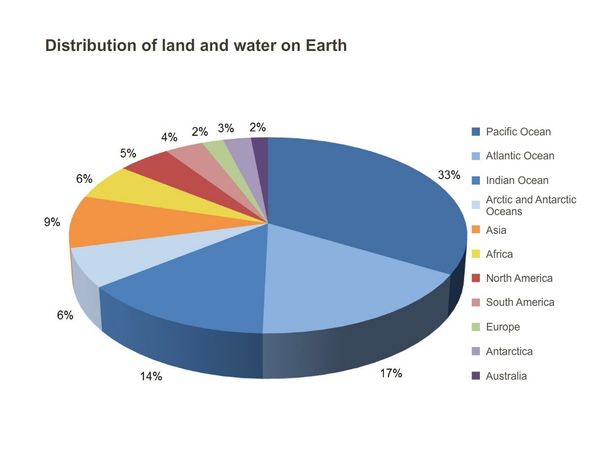First part is to realise there are several factors contributing to the cost of water, and identify and list all of them. A few possible heads are listed below. Pick the ones that apply to you, and think of any other cost you might be incurring in procuring, storing and supplying water.
Water Cost
This is the cost to reach water to your sumps.
Borewell Water Cost
People often ignore setup cost while calculating cost of borewell water. If you spent INR 2,00,000 on a borewell with good yield (say, 50,00,000 litres in its lifetime), that is 4 paisa per litre. That is a good ballpark number to work with. If you have more specific number from your area regarding average yield, that can be used in the same math.
Pumping cost from your borewell to sump also needs to go into this part of the cost. For a 300m deep borewell, this would be around 1.8 paise per litre. This assumes 70% plumbing efficiency and 50% pump efficiency. Plumbing efficiency takes into consideration friction loss, bends and other transmission losses in plumbing lines. Pump efficiency takes into consideration the drivetrain, pump and electrical efficiency.
In our example borewell water costed 5.8 paise per litre. You can do your own math based on this method.
Water Supplier Cost
If you are buying water from a water supply company or from Tankers or other suppliers, they have a very clear cost per litre. We can use this directly for our final math to find average cost.
STP Reuse Water Cost
By measuring the daily STP output volume, and looking at AMC, electricity and consumables cost for your plant, you can figure out the per-litre cost you are incurring. Most communities prefer to not charge for this water (if used for flushing, gardening and such) and take this cost as a sustainability initiative. If you are yet to setup an STP, would suggest looking at bio-mimicry based STP's rather than the operationally intensive and power-hogging conventional STP's.
Rain Water Reuse
If you have a Rain-Water Harvesting system set to reuse the water, this is possibly the cheapest source of water you will find. Even after factoring infra cost (like we did for Borewell) and expecting a life of 20 years and some amount of maintenance yearly for filters and plumbing, you would still find this source to be cheap. If you reuse existing sumps, an RWH reuse system can be built for around INR 150-200 per square metre for above average size installations (say, 1000+ sq.m.). If we assume to spend half that amount in maintenance, that is around 1.5 paise per litre for the ~ 15,000 litres that every sq.m. is expected to yield you during the life of this system. Best part is, this is inflation-proof.
Since this is sustainable, we would recommend considering this as an investment and supply as free water.
Storing, Treating and Lifting Cost (STL)
Lifting cost would mainly be your electricity bill for pumping from a sump to the OHT. If you do not have a separate meter fixed for these motors, make sure you get one. This is a significant portion of your common electricity bill. It is not necessary that you take a separate electricity connection, it would suffice to put a certified electricity meter or one of those smart plugs that report usage. You will find a product at a cost below INR 1500. Find out the total consumption of units and calculate the money spent. Maintenance and cleaning of Sumps and OHT's should ideally be under this head.
If you run a WTP/Softener/RO, add that cost in this section as well. For RO and Softener the water loss needs to come back as a cost, apart from the consumables and maintenance.
Administrative Cost
If you employ plumbers, that is entirely to maintain the water supply system. This is part of your water supply cost. Cost of any administrative staff fully or partially engaged for water management would add up here as well.
Overall Cost
Overall cost can be calculated as below.
A = Administrative Cost + STL Cost
B = Total Cost of Water (Borewell Cost x Borewell Supply + Tanker Cost x Tanker Supply + etc.)
C = Overall Volume of Water Metered/Consumed in Litres
Cost per Litre, R = (A + B) / C
Pricing Plan
Fixed Price
This is a straight-forward application of above calculated rate to water consumption. While this is simple to execute, we do not believe this is a fair pricing strategy for a limited quantity resource.
Slabbed Price
In this case, there is a base-slab that is charged at cost (or even a slight subsidy) and all higher slabs are charged at an increasing premium. This approach discourages over-usage and promotes water saving. A sample slab system could look as below, if rate of water is R.
| Slab | From | To | Rate |
|---|
| 1 | 0 | 8000 | 0.9R |
| 2 | 8000 | 12000 | R |
| 3 | 12000 | 20000 | 1.1R |
| 4 | 20000+ | - | 1.25R |
If everyone falls in slabs 1 & 2 and community doesn't collect all of the amount spent on water, I would say that is the biggest success for you! The unmet cost is anyway shared equally and you have promoted responsible usage in a community.
On the other hand, if the high users end up subsidising low users and you end up making more money than spent on water, please use that surplus responsibly to install aerators and to do such water saving initiatives. This isn't a great place to be and the community needs to promote awareness on responsible usage of natural resources.
Aegir have products that can help you with several steps in this initiative
- - Supply Level Measurement
- - OHT & Sump Monitoring and Volume Reporting
- - Motor Automation
- - Individual Metering
If you would like us to partner with you on this journey, or simply need help with any of the points in this article, please do call. We love helping communities in their journey towards sustainability and saving water.


